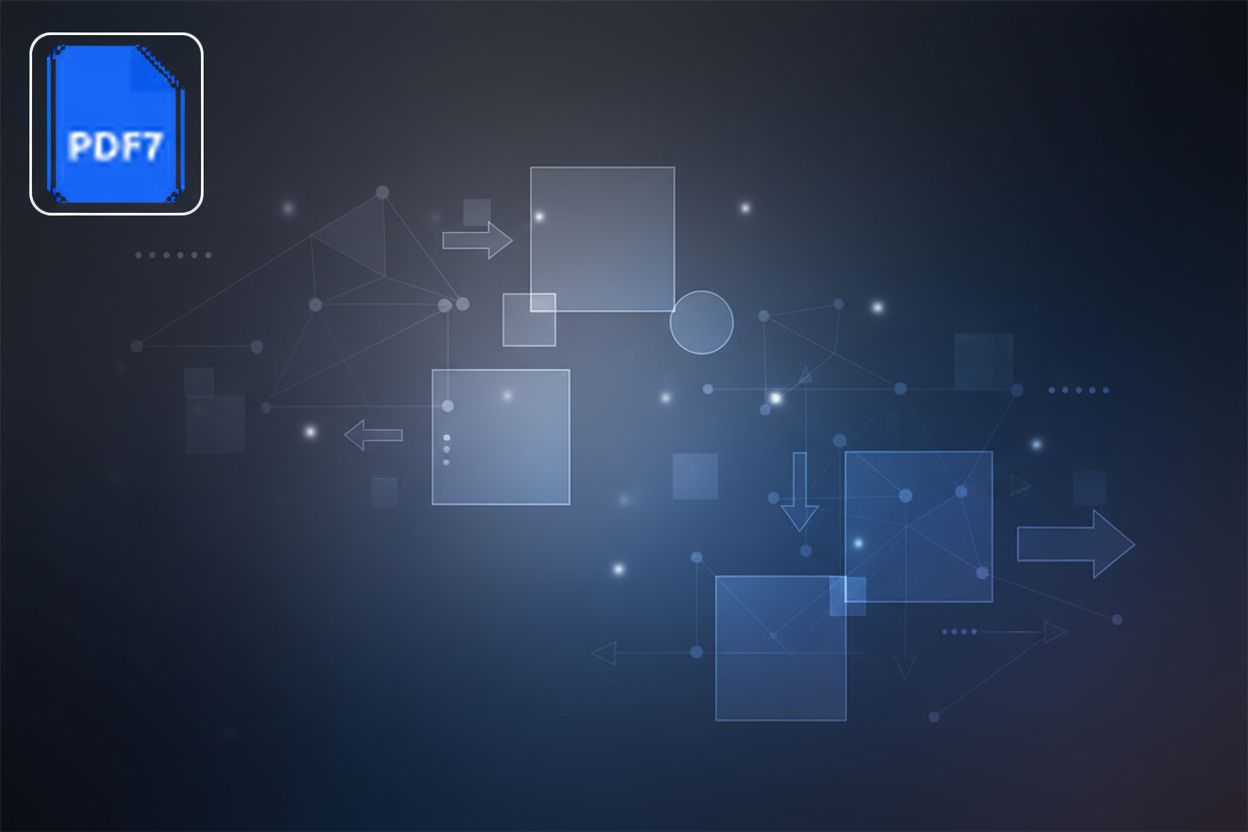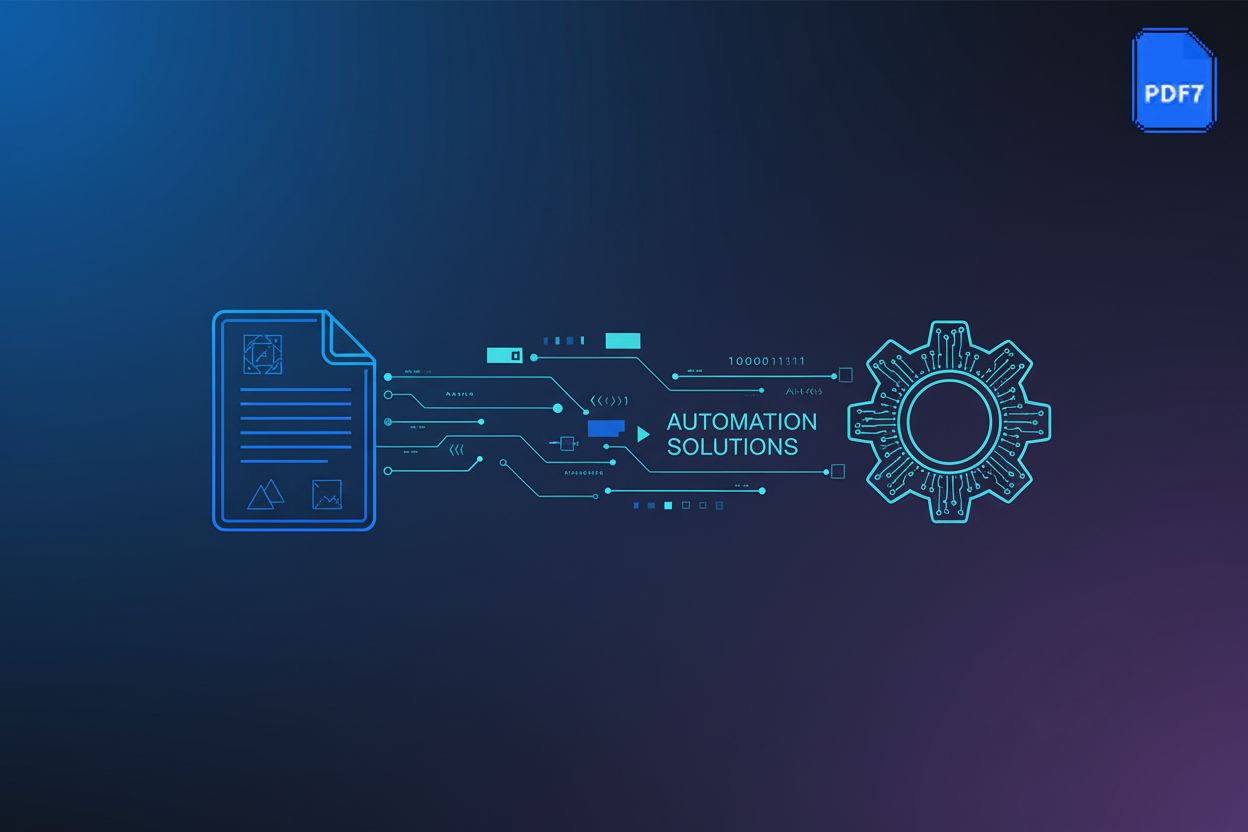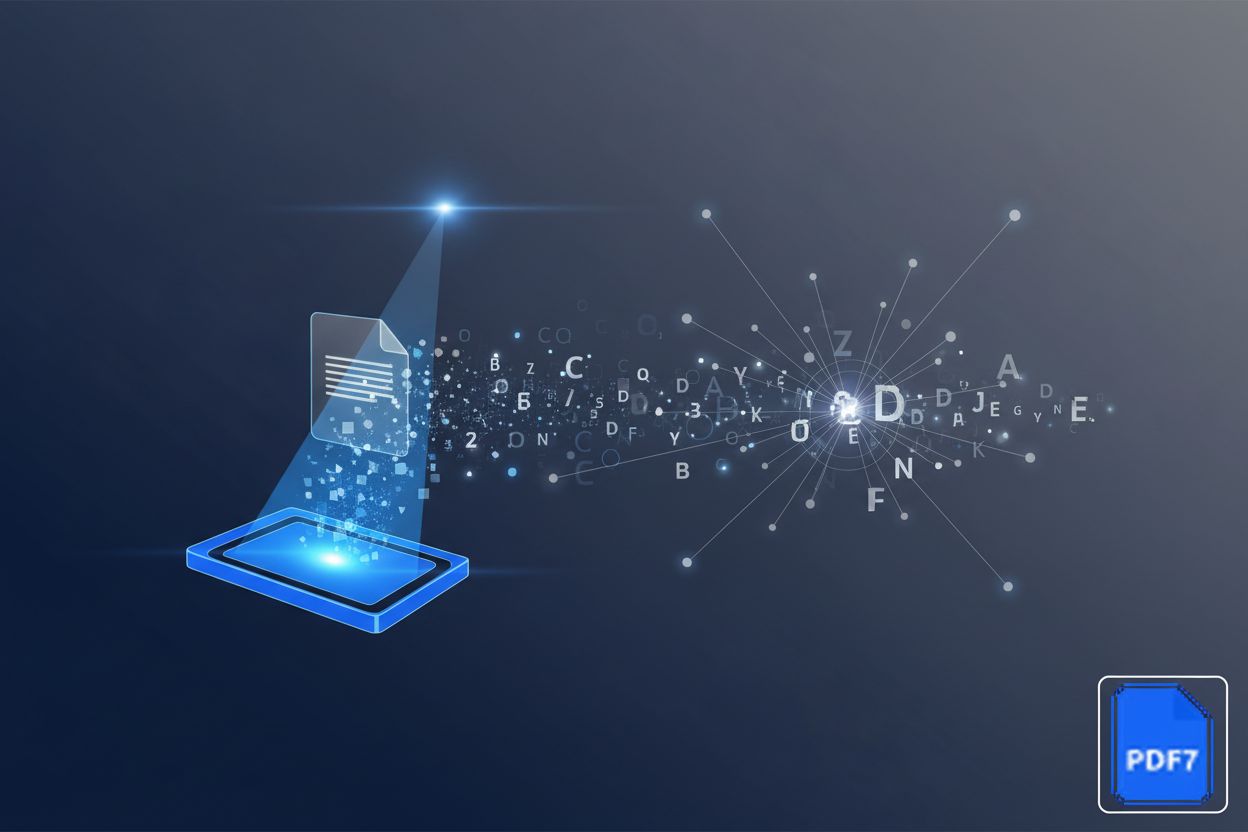A Comprehensive Guide to Performing a Content Audit
TL;DR
The Three Levels of Cyber Threat Intelligence Explained
Introduction to Cyber Threat Intelligence (CTI)
Cyber Threat Intelligence or cti, huh? It's more than just, like, blocking bad IPs. It's about understanding the enemy. CTI involves gathering various types of data, such as technical indicators (like malicious IPs and file hashes), threat actor profiles, and even geopolitical events. This raw data is then processed and analyzed to become actionable intelligence for security teams, enabling proactive cybersecurity strategies.
Time to dive in to the nitty-gritty...
Level 1: Tactical Threat Intelligence - The Nitty-Gritty
Tactical threat intelligence? Think, like, "Oh crap, there's a fire right here." It's all about those immediate, observable indicators of compromise—the IOCs.
We talkin' malicious IPs, file hashes, or, you know, those malicious domains that just scream "bad news," as Arachne Digital puts it? Automation is your friend. Gotta pump those feeds into your security tools so it can act fast. Tactical intelligence is inherently technical, focusing on aspects like reverse engineering malware, as discussed by RST Cloud.
SOC analysts, detection engineers, and those brave threat hunters, mostly. They're the frontline troops. They're blocking known bad stuff, speeding up triage when alerts go off, and even writing detection rules.
But here's the catch, those IOCs? They got a super short shelf life, and you will be getting false positives. This is often because of shared infrastructure or legitimate uses of certain indicators. It's just the way it is, according to Palo Alto Networks.
So, while tactical intelligence is valuable, it represents only one facet of CTI. Next up is operational threat intelligence, which is how attackers actually work.
Level 2: Operational Threat Intelligence - Connecting the Dots
Ever wonder how the bad guys actually pull off their attacks? It's like peeking behind the curtain, right? This level's all about understanding attacker behaviors. Think of it as studying their game film—analyzing past attacks to understand their methods. We're talking about common tactics, techniques, and procedures or TTPs for short, as Arachne Digital mentions.
It's not just about what happened, but why and how. For example, retail companies might see a pattern of attackers using phishing for initial access and then pivoting to point-of-sale systems to grab credit card data. This pattern of using phishing for initial access and then pivoting to POS systems is a common TTP observed in retail attacks.
Or, consider a healthcare provider noticing ransomware groups consistently exploiting unpatched vulnerabilities in their vpn software to gain initial access. Exploiting unpatched VPN vulnerabilities is a TTP.
And financial institutions might observe that attackers are using social engineering to trick employees into transferring large sums of money to fraudulent accounts. Social engineering in this context is a TTP used for financial gain.
So who uses this stuff? Detection engineers, incident response teams, and threat intel analysts. They use it to improve detection, build playbooks, and inform red team exercises. Operational intelligence offers a broader understanding of attacker methodologies, which has a longer shelf life than purely tactical data.
Coming up next is strategic threat intelligence, which is about the big picture stuff.
Level 3: Strategic Threat Intelligence - The Big Picture
Strategic threat intelligence, huh? It's not about if you'll get hit, but when and how bad it'll hurt. This level focuses on the potential impact and likelihood of significant cyber threats.
We're talking big picture stuff; like, what are the long-term risks, and who's likely to come after your industry specifically? This level answers questions like, "who's targeting our sector, and why?"
Think geopolitics. Are current events making you a bigger target? For instance, geopolitical tensions can lead to an increase in state-sponsored attacks or cyber warfare targeting specific industries or nations.
This level of intelligence is primarily for executive leadership and strategic decision-makers. While they may not focus on the granular details of IOCs, they are keenly interested in how cyber threats translate into business risks and financial implications. This includes understanding potential financial losses from downtime, reputational damage, regulatory fines, or the loss of intellectual property. Strategic CTI also helps in demonstrating the ROI of cybersecurity investments.
Next up is how to put all this intel to good use.
Why a Holistic Approach to CTI Matters
A holistic approach to CTI is crucial because it provides a comprehensive understanding of the threat landscape, enabling organizations to move beyond reactive defense to proactive security. By integrating tactical, operational, and strategic intelligence, security teams gain a layered perspective:
- Tactical intelligence provides immediate, actionable indicators to block known threats and respond quickly to alerts.
- Operational intelligence reveals the "how" and "why" behind attacks, allowing for the development of more sophisticated detection mechanisms and incident response playbooks based on attacker TTPs.
- Strategic intelligence informs long-term risk management and investment decisions by highlighting the broader business impact of cyber threats and identifying potential future adversaries.
When these three levels work together, they create a synergistic effect. Tactical data feeds into operational analysis, which in turn informs strategic planning. This integrated approach allows organizations to not only see threats but truly understand their adversaries, and consequently, build more robust and resilient defenses against a wider range of cyber risks.
Actionable Steps for Implementing a Three-Tiered CTI Program
So, you've read all about cyber threat intelligence... now what? It's not just about knowing what the threats are, but having a plan to actually do something about it.
Figure out where you're at. Conduct a thorough assessment of your current security posture. This involves identifying existing security tools and technologies (e.g., SIEM, EDR, threat intelligence platforms), evaluating your current data collection and analysis capabilities, and pinpointing any gaps or blind spots in your threat detection and response processes. Frameworks like the Cyber Kill Chain or MITRE ATT&CK can help map your current defenses against known attacker methodologies. Think of it like a cybersecurity audit.
Shop around for CTI providers. Don't just grab the cheapest feed. You need intel that fits each level we've talked about and fits your org's needs. When evaluating providers, consider:
- Coverage: Do they offer tactical (IOCs), operational (TTPs, actor profiles), and strategic (geopolitical, industry-specific threats) intelligence?
- Timeliness and Accuracy: How quickly is new intelligence delivered, and what is their track record for accuracy?
- Actionability: Is the intelligence presented in a format that your teams can easily consume and integrate into their workflows?
- Integration Capabilities: Can their feeds be easily integrated with your existing security tools and platforms?
- Support and Expertise: What level of support do they offer, and do they have subject matter experts who can provide context?
- Relevance: Does the intelligence pertain to your industry, geographic location, and specific threat landscape?
Get your processes in order. How is data being collected, analyzed, and then shared with the right people? You don't want intelligence sitting in a report no one reads. Establish clear workflows for intelligence dissemination and integration:
- Collection: Define sources and methods for gathering raw data relevant to each CTI level.
- Analysis: Implement processes for analyzing collected data, correlating indicators, identifying TTPs, and assessing strategic risks.
- Dissemination: Develop a clear plan for sharing intelligence with relevant teams (e.g., SOC, IR, leadership) in a timely and digestible format. This might involve automated alerts, regular reports, or direct briefings.
- Integration: Ensure that actionable intelligence is integrated into existing security operations, such as updating firewall rules, tuning detection alerts, and informing incident response playbooks.





